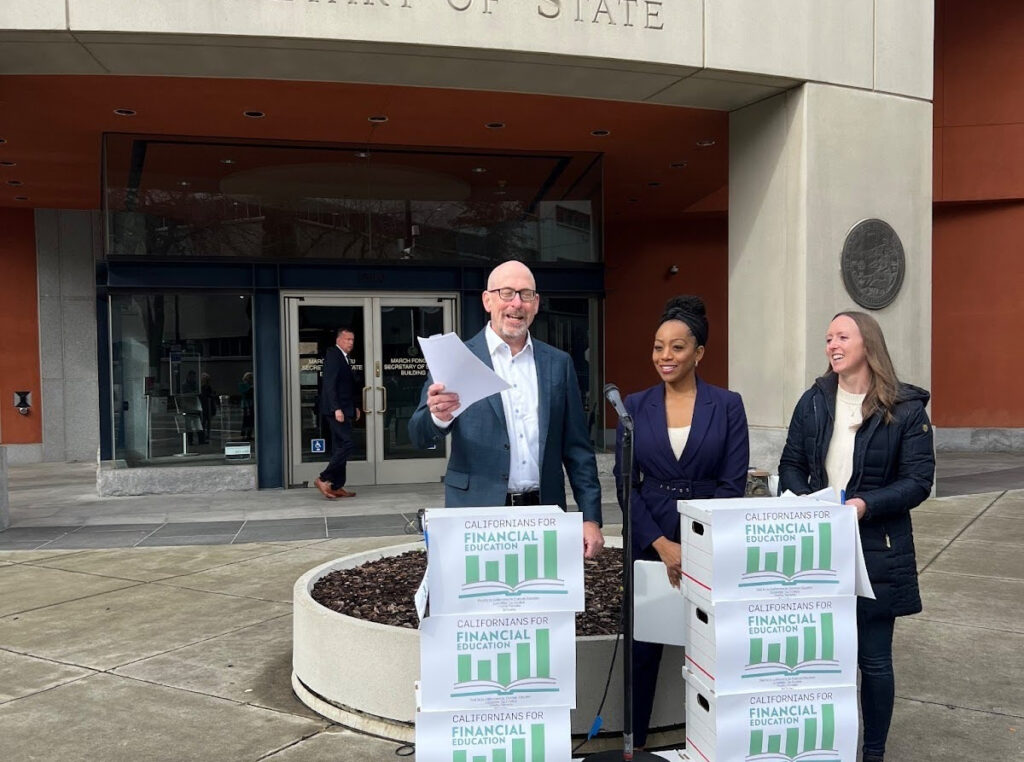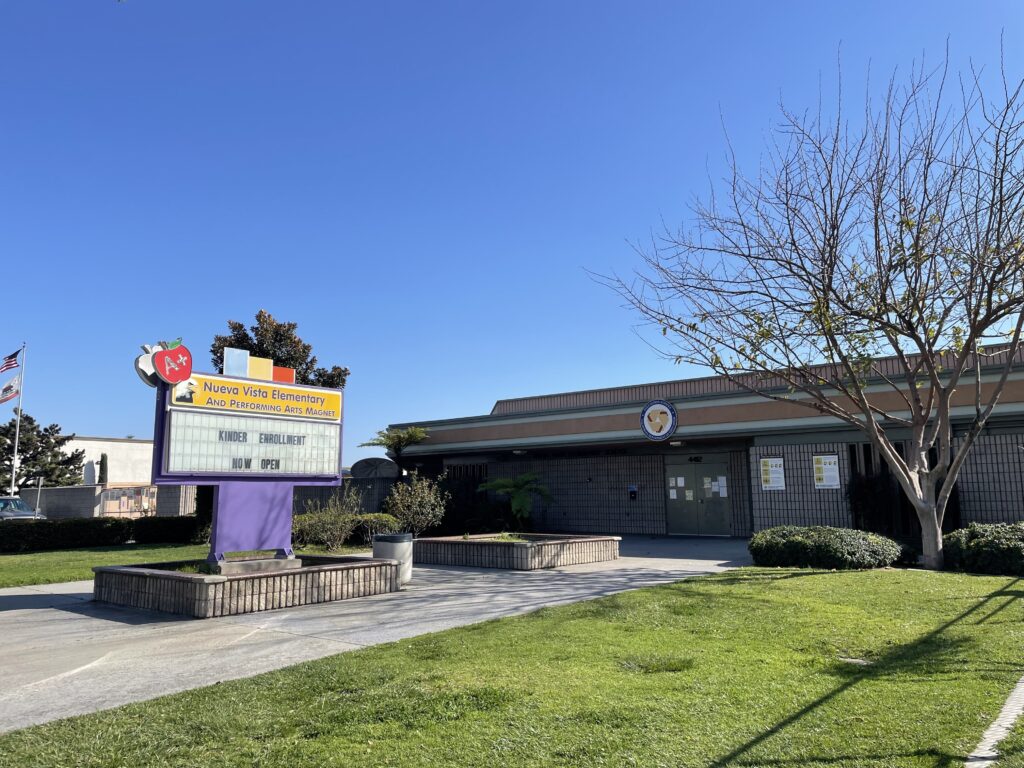
Credit: Joe Sorrentino / The Trust for Public Land
Last year, in the middle of a historic heat wave, I visited an elementary school that I represent in South Los Angeles. Visits like this are one of the best parts of my job — it’s an opportunity to get to know students, teachers, and administrators, and to see the great things that happen every day in Los Angeles Unified School District. I finished around noon, and as I left, the school seemed oddly quiet. Looking around, I saw that students had all abandoned the play yard to sit under the shade of a few trees on the edge of the campus.
The mercury that day was above 90, which meant the temperature coming off the asphalt that covers the school was probably over 140 degrees. It’s not uncommon in the dog days of summer to see students huddled up against our buildings seeking precious inches of shade, or sheltering inside as the weather begins to overpower air conditioning systems. But this wasn’t summer at all; we were in the middle of the hottest October on record. It’s possible that every October now will be the hottest October on record.
Extreme weather is our new normal, and for the sake of kids in this state, our schools must adapt to it. Extreme heat is harmful to kids’ mental and physical health, and hotter temperatures impede classroom learning and hurt students’ exam performance, which can lower graduation rates. At the same time, studies show that spending time outdoors can benefit kids by reducing stress, improving concentration, reducing negative social behavior, and even improving test scores. Across California, we have to rebuild our schools to give students access to nature and reduce the impact of extreme heat.
But green schoolyards are also essential modern infrastructure for everybody, not just students. They absolutely increase academic success, but they also improve community health, reduce the urban heat island effect, and provide massive opportunities for rainwater capture in a state that is plagued by flooding even while it is desperate for drought relief. They can also provide access to nature and recreation for communities that lack park space. Throughout the state, districts are some of the largest local landowners. California simply cannot adapt to climate change without reimagining what our schools look like.
We are making progress, but nowhere near as quickly as we need to. In September 2022, the LAUSD Board of Education voted to create “Green Schools for All” in Los Angeles by 2035. This requires a dramatic conversion of all our campuses to at least 30% green space — including shade trees, bioswales, gardens, native plants and other investments that will turn our schools from concrete-and-asphalt jungles to outdoor learning environments and play fields. Currently, over 560 Los Angeles Unified School District schools are below our 30% target, and over 230 schools have less than 10% green space. The district estimates that the overall cost of fixing this situation is $4 billion.
We have worked hard to identify resources for this crucial greening effort, resulting in over $500 million in bonds and other funding to increase green space at dozens of our campuses. Millions of dollars in CalFire funding will make improvements at almost 40 additional schools, but this was a one-time funding source and will get us nowhere near the target. Forget about 2035 — at this rate, we won’t meet our target until after 2050, when temperatures will regularly pass 100 degrees and the number of “extremely hot” days over 95 degrees will triple. Schools in Los Angeles — and throughout California — clearly do not have the money for a transformation this huge and this critical. Without funding from the state, no school districts will finish this necessary work on the timeline that our new climate reality demands.
This is why I am asking our Legislature to allocate $1 billion for schoolyard greening in this year’s school bond measure. The urgency of this moment comes from a climate emergency that we adults are passing on to the most vulnerable people among us — our own children, many of them in low-income communities disproportionately impacted by climate change. But few emergencies provide so many opportunities for widely distributed positive change at the same time. By providing sufficient funding for schoolyard greening, our leaders in Sacramento will improve academic outcomes and provide access to green space for students regardless of their ZIP code, and at the same time, they will build the foundation of a climate resilient future for all Californians.
•••
Jackie Goldberg is president of the Los Angeles Unified School District Board of Education.
The opinions in this commentary are those of the author. If you would like to submit a commentary, please review our guidelines and contact us.




